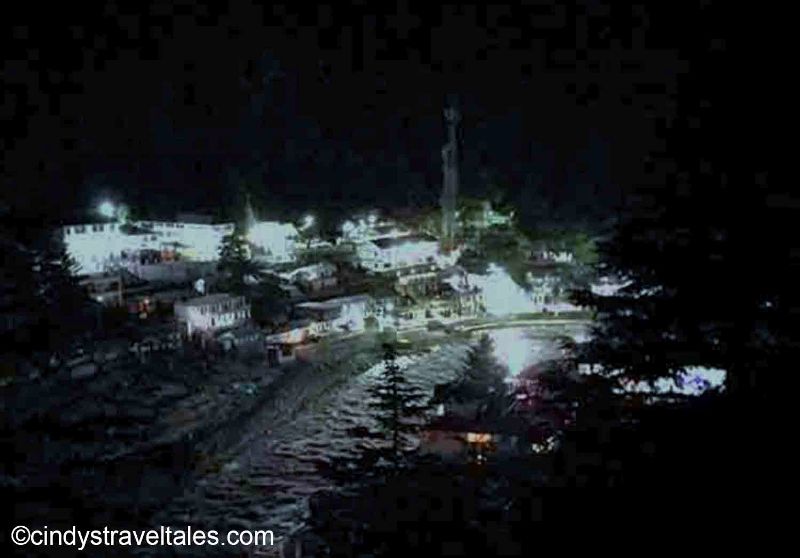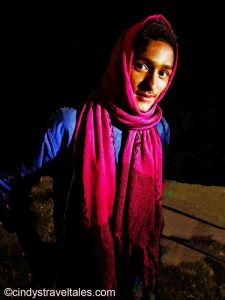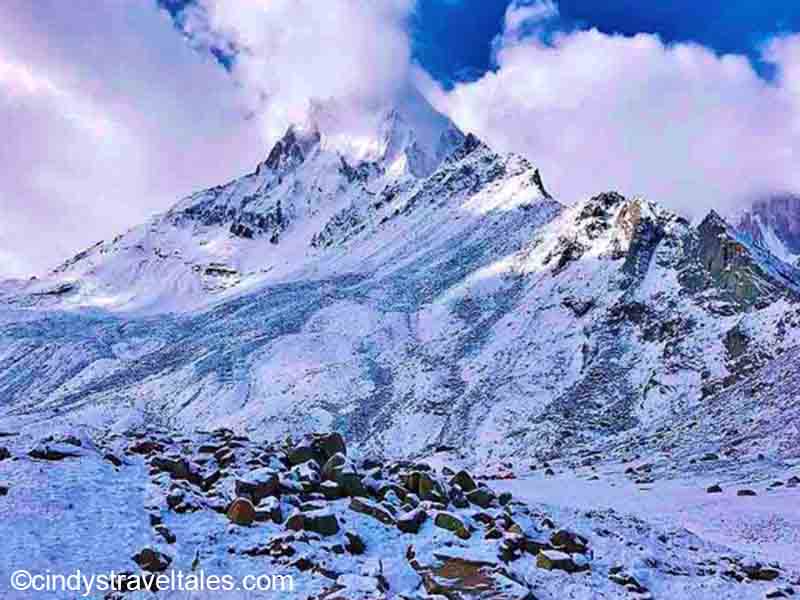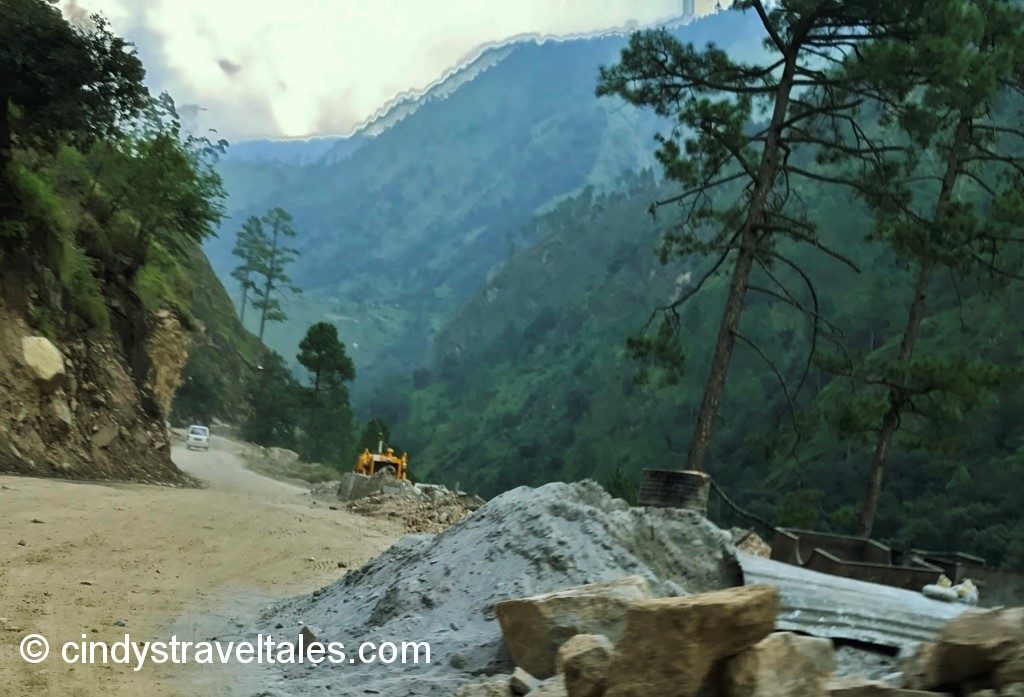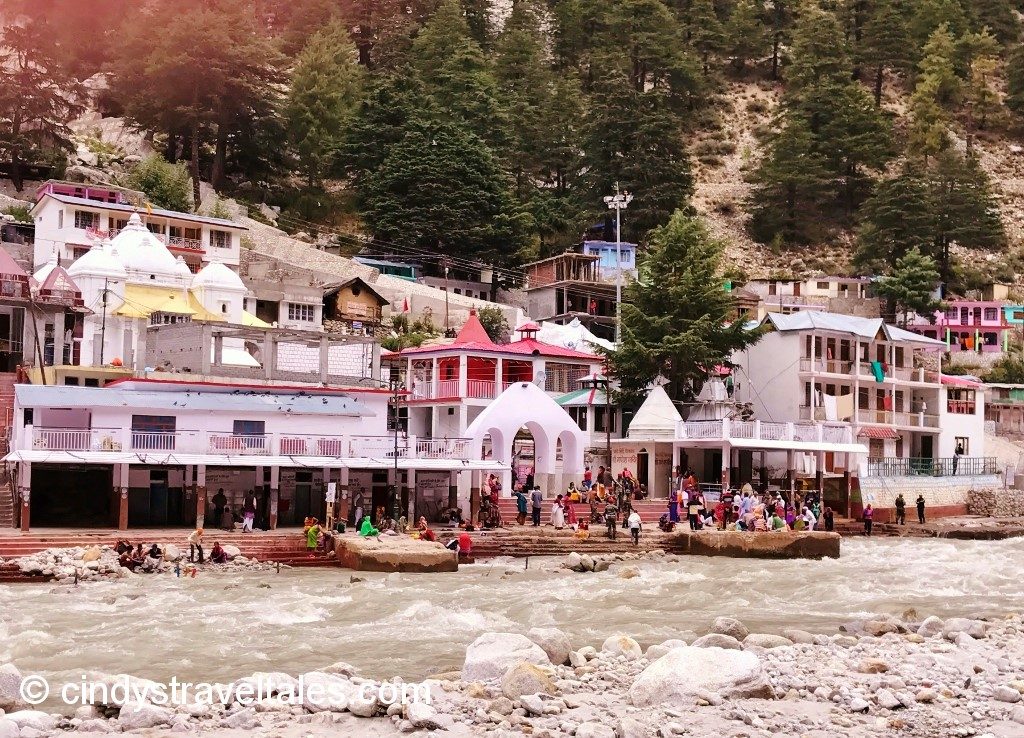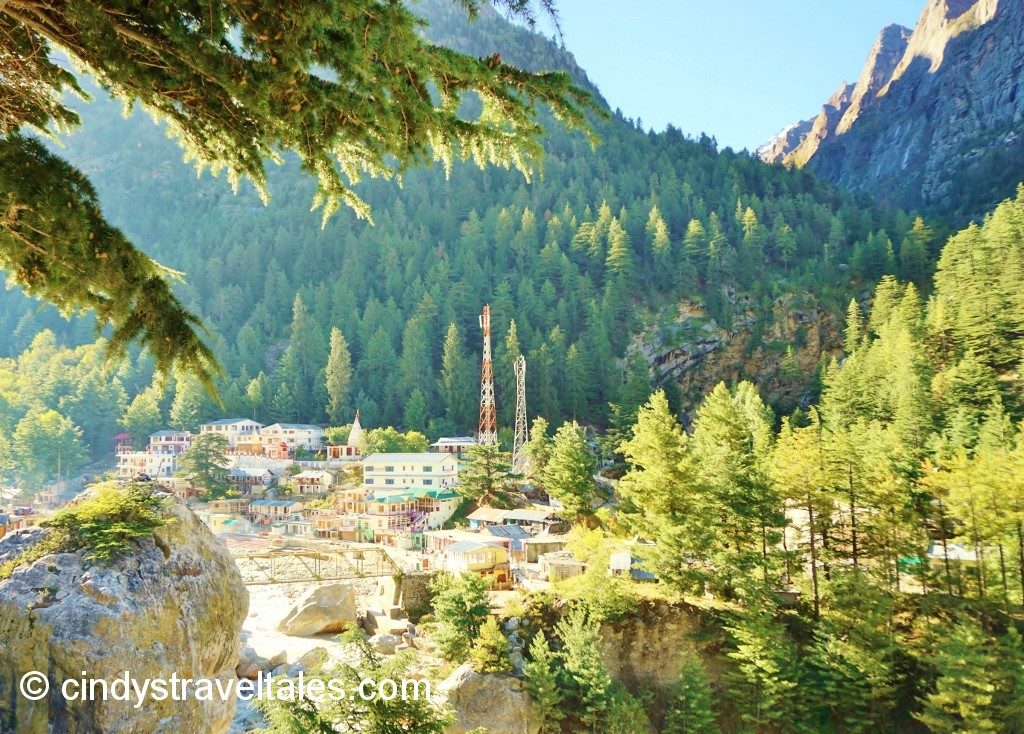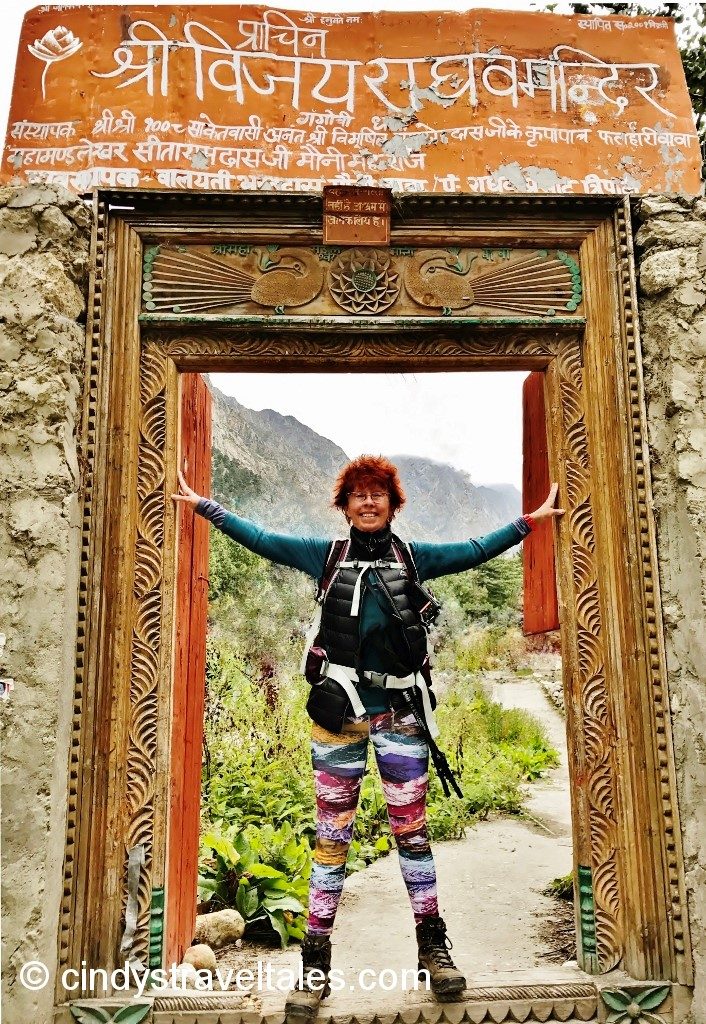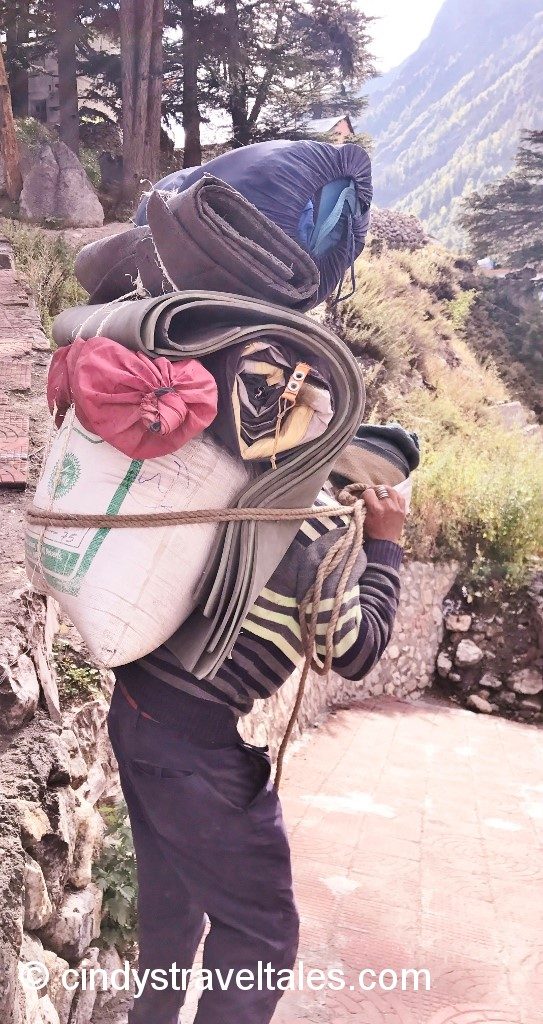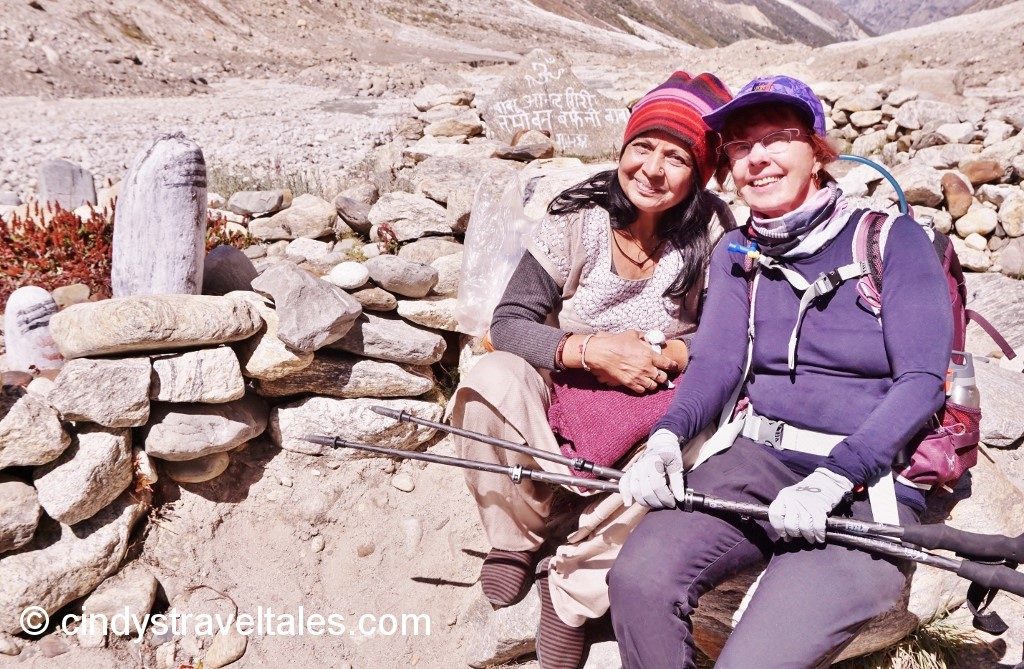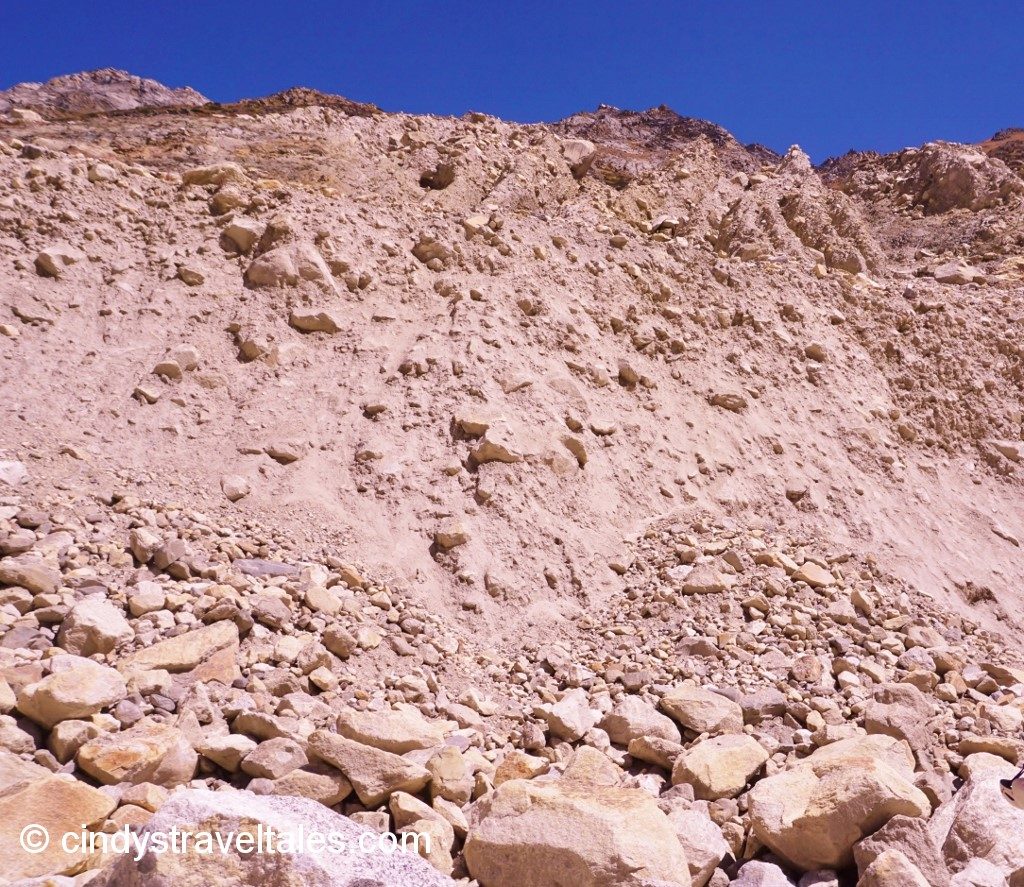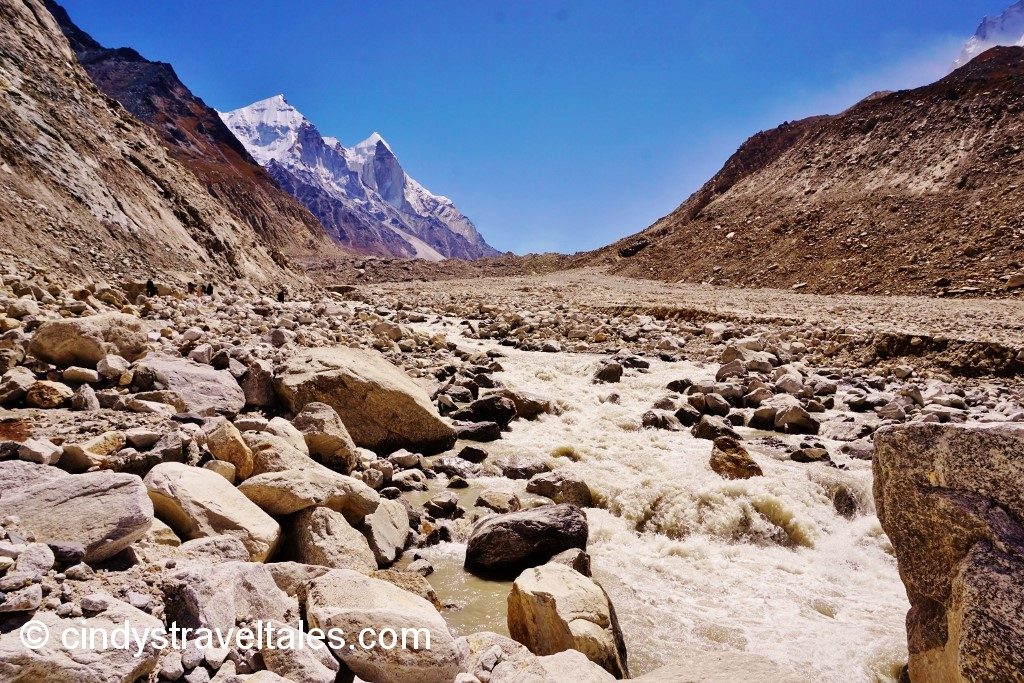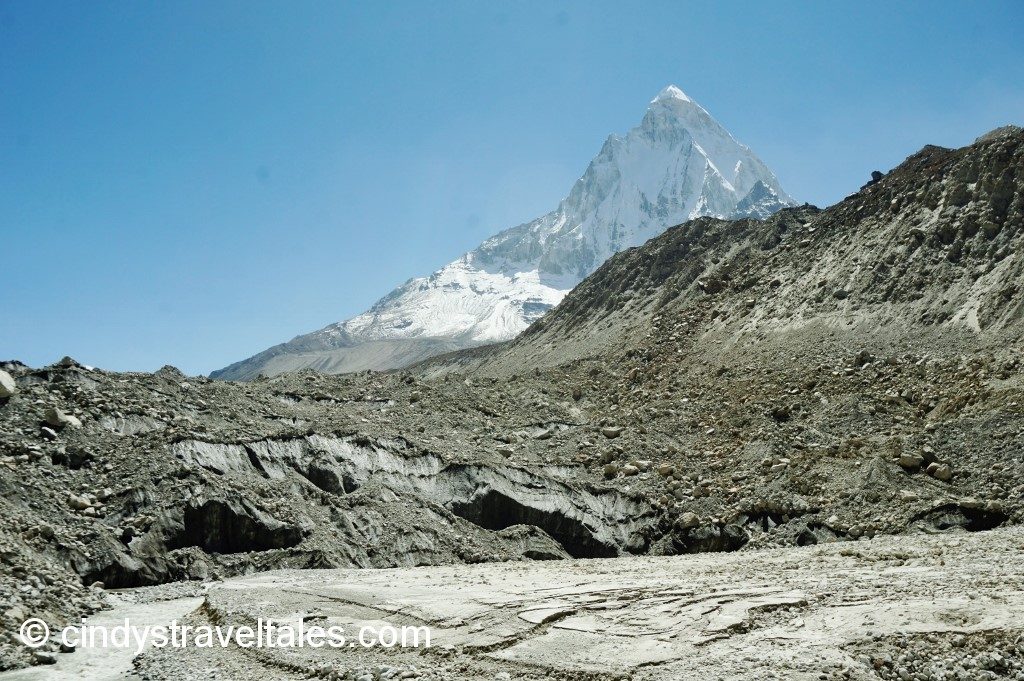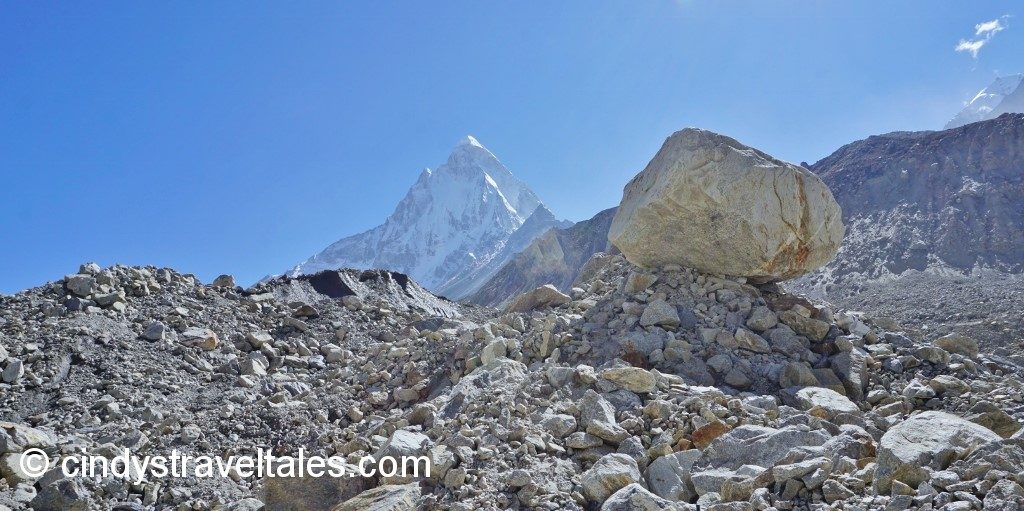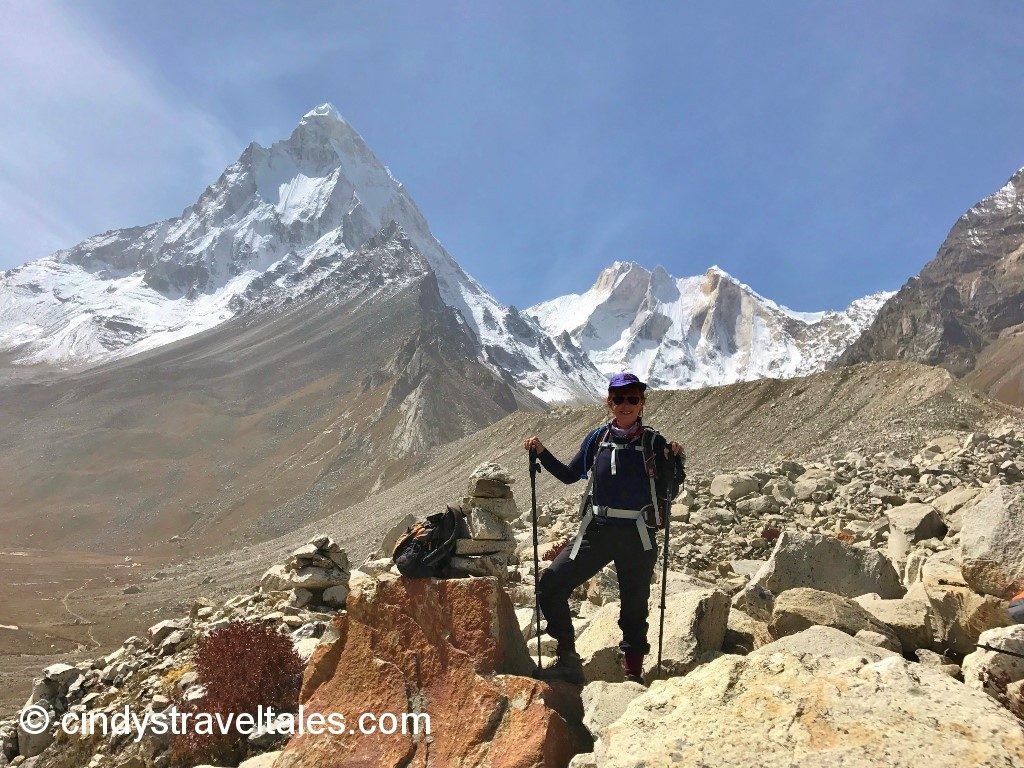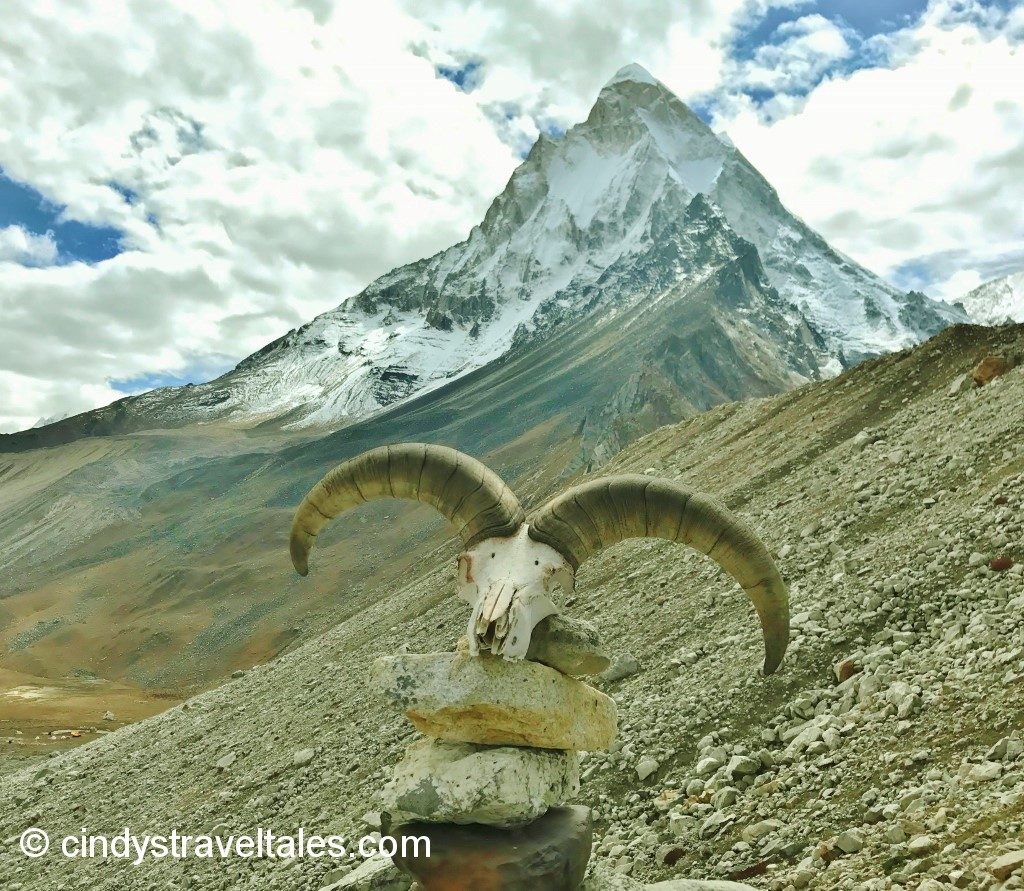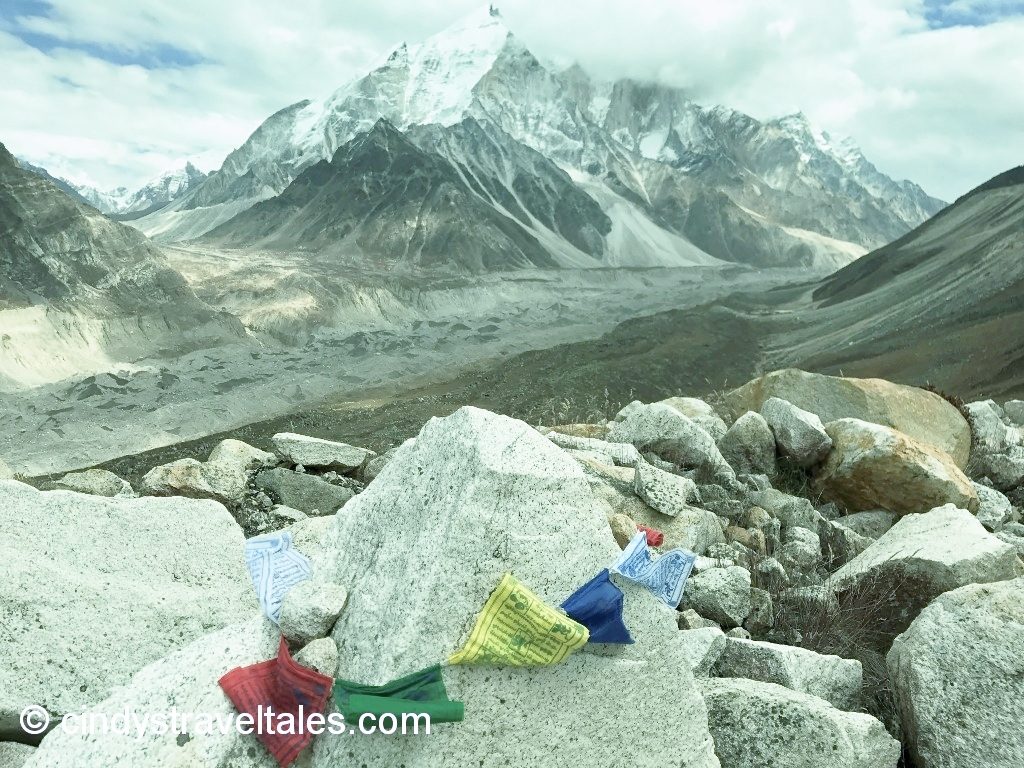This 4-part blog series is being featured on The Wise Traveller – a global travel site providing innovative ideas and insights to make travel easier, safer, cheaper and more enriching. In addition, freelancers share their travel experiences there, so the community can have a taste of a variety of destinations and/or escapades.
Click here to read my latest article posted on the site highlighting our time at Tapovan, a high-altitude meadow perched over one of the most sacred glaciers in the Himalayas, surrounded by revered summits:
https://www.thewisetraveller.com/Articles/view/?permalink=trekking-in-the-indian-himalayas-part-4
Blog synopsis:
I was captivated by Tapovan, a stunning paradise, tucked away on the Himalayan border shared by India, Tibet and Nepal. This legendary, high-alpine meadow was truly Shangri-La – bursting with colourful flora, meandering creeks, and highly adaptable blue-mountain sheep foraging on the lush tundra. Nonetheless, the bucolic tranquillity was eclipsed by the encircling, uninhabitable backdrop of Mts. Shivling, Meru, Bhagirathi I, II, III and Sudarshan Parbat – all boasting intimidating granite and ice faces, as they towered to more than 6,700 m (22,770 ft). This paradox affirmed the delicate harmony between man and nature – leaving little wonder why babas, yogis and sadhus have chosen this sacred sanctuary for countless centuries for their year-round meditation retreats.
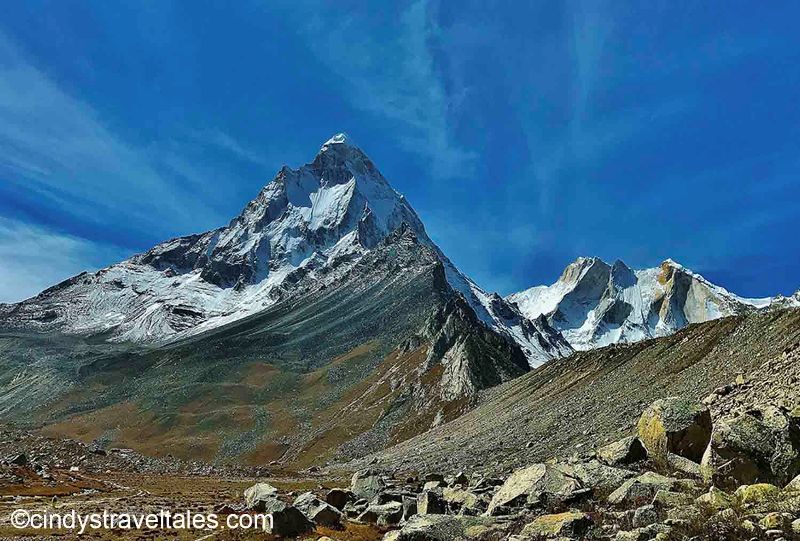

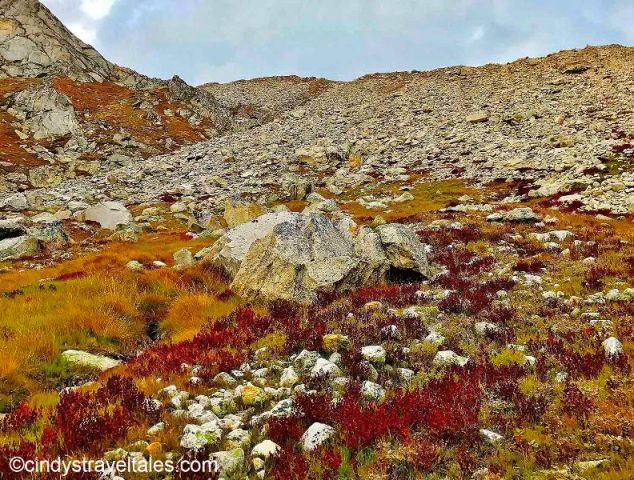
We relished the opportunity to rest and acclimatise here for two days before forging ahead to Nandanvan and Vasuki Taal – a reward for our formidable, three-day ascent, teeming with countless, inconceivable spine-chilling encounters. We luxuriated in the sunshine enjoying azure-blue, cloudless skies and unobstructed, jaw-dropping views, whilst practicing pranayama breathing to counter our oxygen deficit and soothing our over-worked muscles with alfresco yoga. Refreshed, we set off to Neel Taal, the blue pond renowned for its intense reflections of Meru and the Bhagirathi range. The 60-degree slope meant a two-hour scramble, leaving us panting, only to discover that the recent landslides had obliterated the pool, filling the crater with a jumble of rubble.


Vigilant to not get close to the wobbly edge that was still spewing gravel avalanches into the abyss, we zigzagged our way along the ascending ridge to better size up Shivling – known as the Matterhorn of the East for its near-perfect, conical shape. Alpinists know it is rare to fully view any mountain, which made Shivling enthralling to witness, proudly exhibiting its pinnacle, rivalling a massive, pearly-white tooth. We had the good fortune to meet an expedition ferrying loads from base camp to advanced stations for their upcoming gruelling summit attempt. They were full of climbing chronicles – including the somber news of two Polish climbers who had died a year ago, just a mere 200 metres shy of the prized North Face apex.
As we clambered onwards, we were granted an up-close frontal of Meru Peak – with its magnificent, expansive glacier – certainly a photographer’s dream come true. Though Meru was calling us, the winds began gusting and dark, menacing clouds barrelled towards us – shortcutting our exploits. It was a sight for sore eyes to finally see the glow of the mess-tent oil lamps and tuck into a sumptuous Indian feast of roti (Indian bread), sabzi (fried vegetables), sabji (vegetable curry), dal (lentils), mixed veggie pakora (fried fritters) and rice – whipped up by our camp chef in a bare-bones galley. As the night-time temperatures plummeted past freezing, I cherished his toasty hot-water bottles.
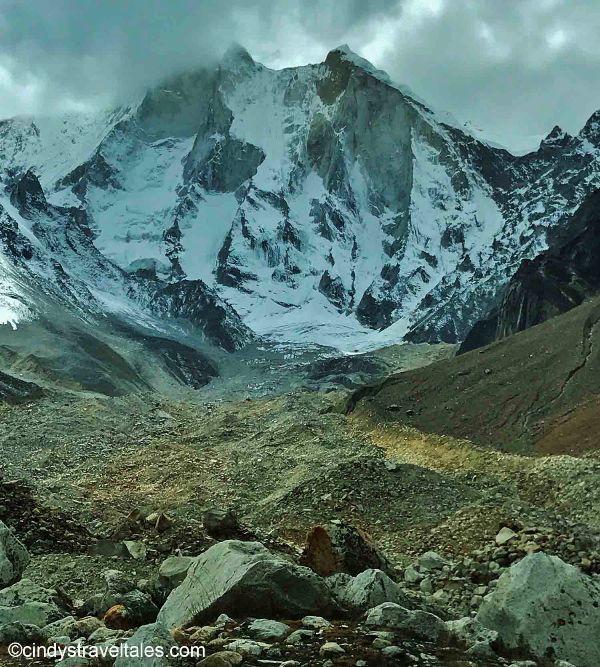
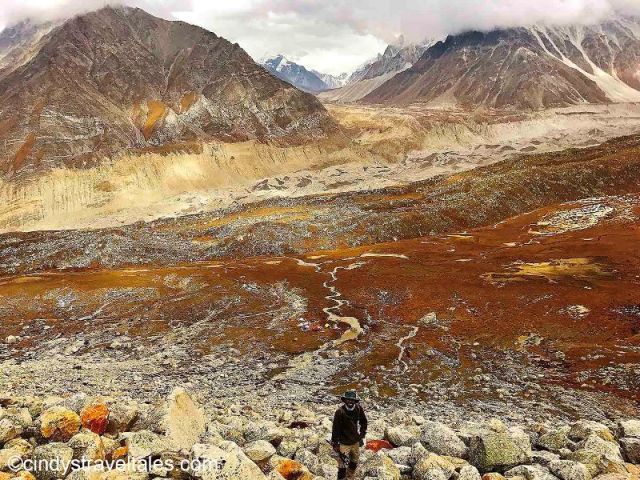
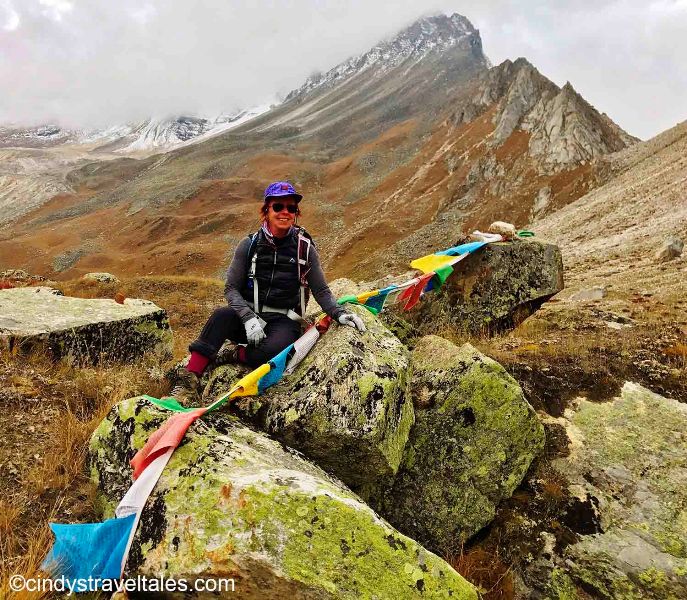
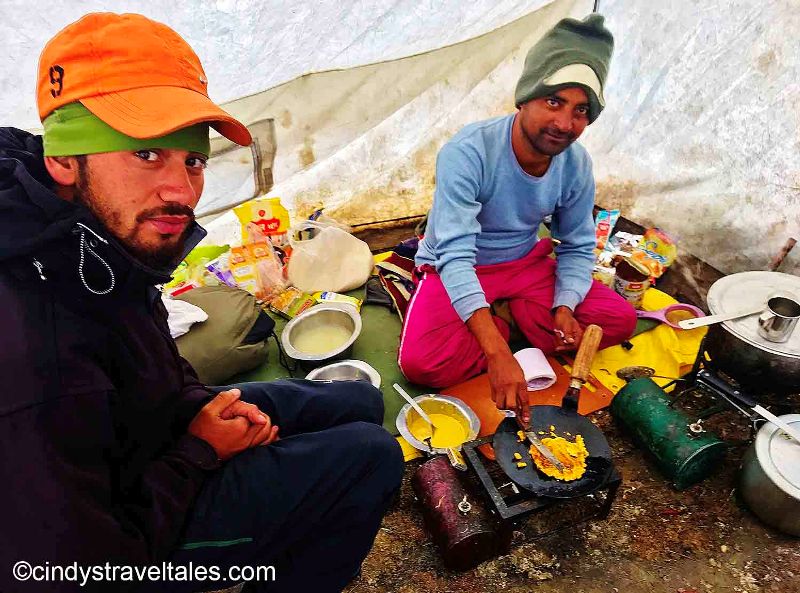
Daybreak brought an incessant drizzle and thick fog, leaving a conspicuous stream of water running along the inside, front seam of my tent. Before heading out to further explore our playground and its many attractions, the trekking company’s ‘expedition-quality’ digs needed an emergency overhaul to cope with Mother Nature. It took fancy footwork to traverse the super-saturated, boggy terrain. We struggled to make out Mt. Kedar Dome swallowed by the mist. Similarly, Sundervan, ground zero for Bhagirathi III assaults, played hide and seek in the low-lying clouds. Even Tapovan’s third jewel in her crown, the mighty Kirti Bamak Glacier, was veiled in the pea soup. Despite the curtailed vistas, the universal, interconnected web of energy vibrated powerfully in this off-the-beaten-path, exotic utopia. I felt blessed to tune into this expanded consciousness from such a remote hideaway, where so few dare to venture.

The next morning, our best-laid plans to head farther into the wilderness came to a crashing halt when we awoke to an off-season snowstorm. Despite our best efforts to shovel snow off the tents, by mid-afternoon, it was undeniable we were losing the battle and the lightweight structures eventually collapsed – rendering us effectively homeless.
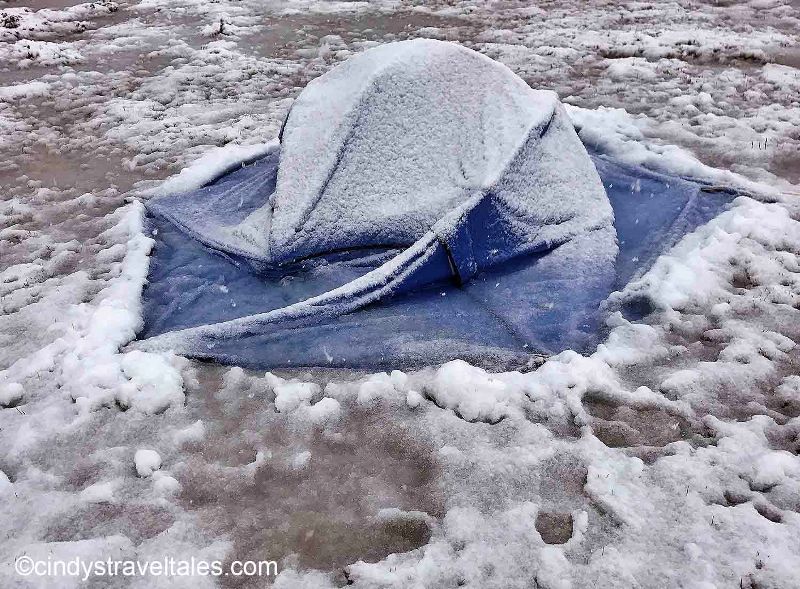
Not one to readily accept defeat, I was determined to scout a dry sleeping nook in the barren wasteland. I had heard tales about an unearthly baba (wise, holy man), who had taken a vow of silence whilst living in solitude, meditating somewhere in Tapovan. After some traipsing around, we found him, and he humbly agreed we could stay with him. Surprisingly, his four-season homemade accommodation was more like glamping than austere cave dwelling – comprised of a hodgepodge of stone walls and a make-shift roof. I was convinced we would be protected in the presence of Mouni Baba.
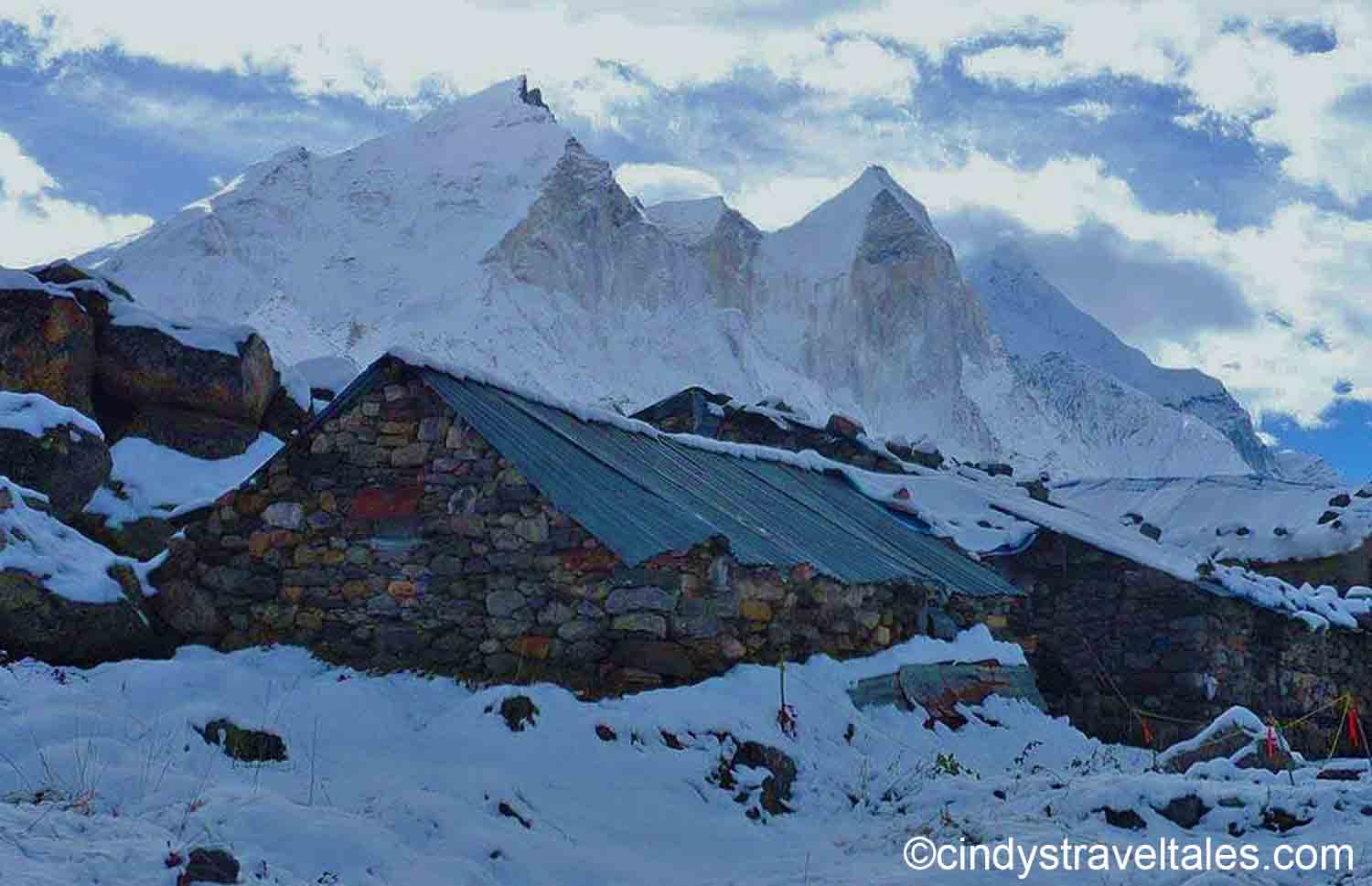
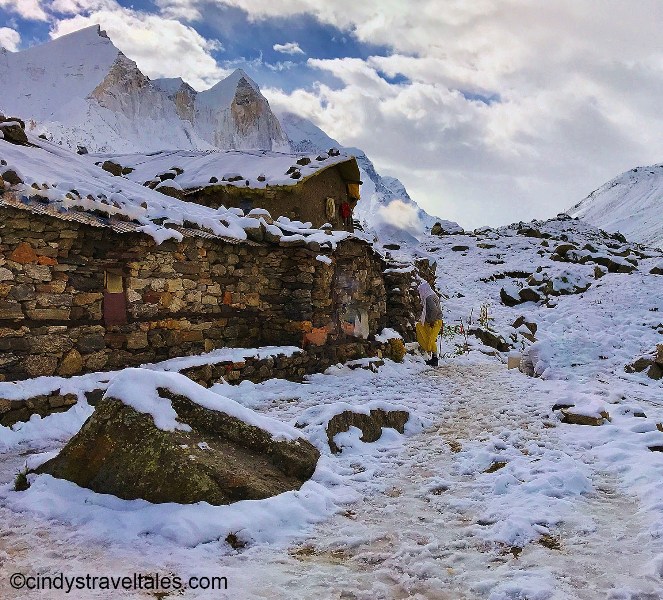
Waylaid at 4,463 m (14,640 ft), conditions deteriorated, and a strange phenomenon called thundersnow occurred. It was eerie to hear thunder bellowing overhead and watch the relentless wet powder accumulate. To me, the blizzard was otherworldly and calming; but my hiking partner did not share the vibe and her mounting panic required some intervention. Tapping into my yoga and meditation training, I asked her to chant with me. Sure enough, in time, the anxiety relaxed its throttlehold and serenity was restored. Regrettably, the peace was short-lived, and I was rattled from my blissful state anew by this woman’s high-pitched shrieks. This time, the perpetrator was a tiny field mouse that had snuck in between the rocks. I will never forget the frenzy that ensued out of her unadulterated hysteria, with the critter eventually losing its life. Talk about bad karma – reminding me that we, alone, are each responsible for taming our pesky minds.
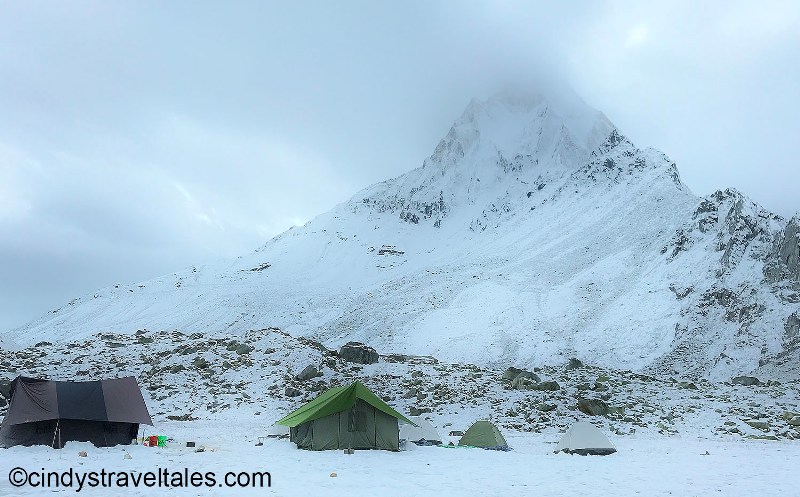
Dawn served up much improved skies and we held council to assess our menu of options. Our guide and porters decided our fate and we were turning back. The rationale was conclusive: our over-rated tents had failed miserably and there was no Plan B for lodging in the hinterland; the weather was frighteningly unpredictable; and my hiking partner had become unhinged by a tiny rodent – not a good omen. So, in a whirling dervish of activity, we broke camp with a single-minded mission for our safe return.

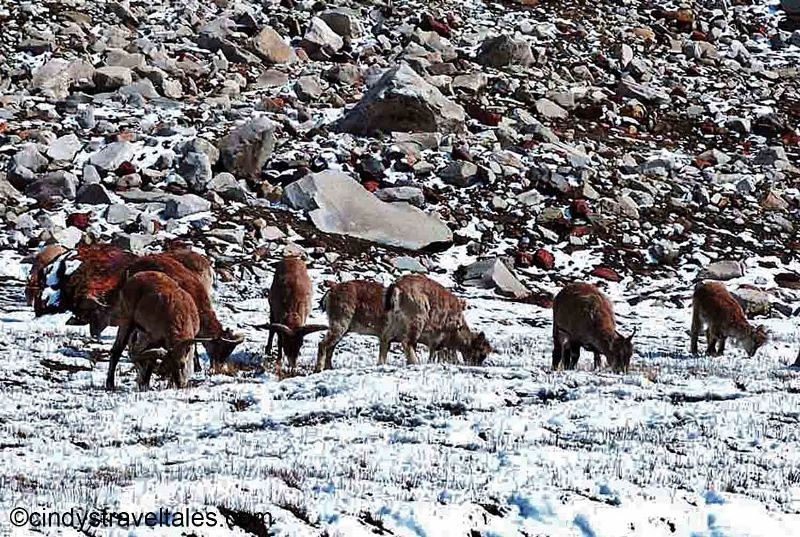
It is an age-old mountaineering truth: if climbing up was problematic, then getting down will likely be down-right risky. We had to first inch to the bottom of the unapologetically sheer wall leading to Gaumukh Glacier, that was now uber slippery. It was daunting that the descent did not look anything like the route up, with Akash Ganga now a waterfall tumbling down the embankment, which had been a mere trickle three days ago. The icefield flaunted fresh, gaping crevasses, with a brand-new topping of muck, making it simultaneously adrenaline-pumping and perilous. We had no choice but to re-enter the manic rockfall area, that had lengthened three-fold. It was terrifying to eye the unstable cliffs overhead and contend with raging forces of water gushing down the crags. Once again, this trove of hazards, that each seemed insurmountable, became doable as our most gifted and trustworthy porters graciously guided us with their instinctive grit.
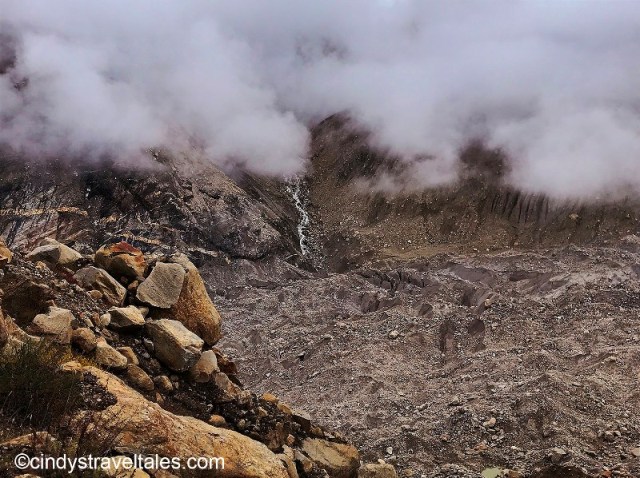
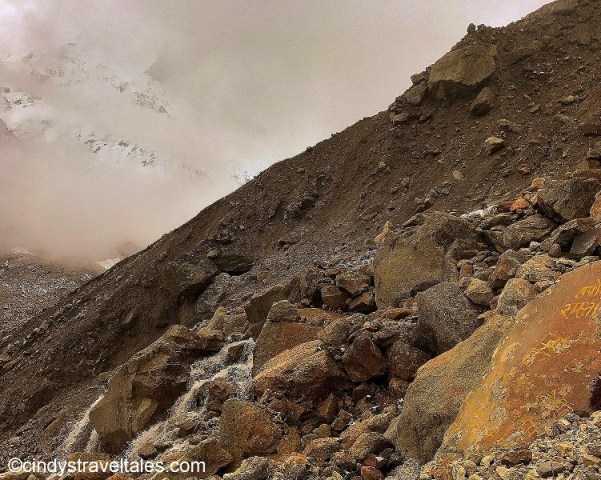

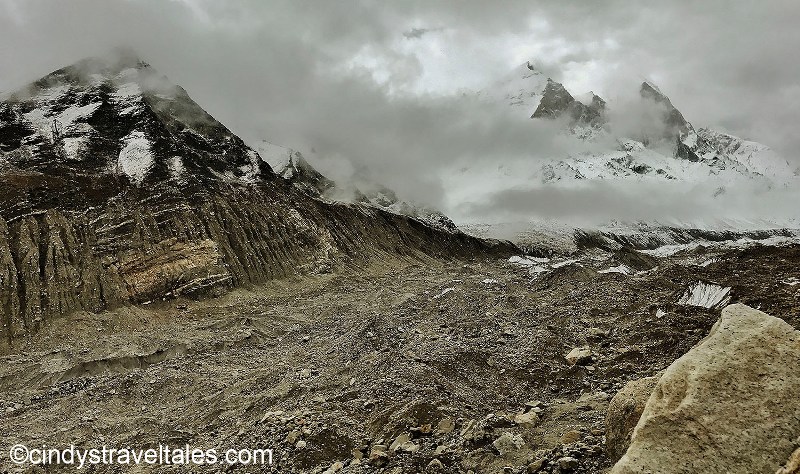
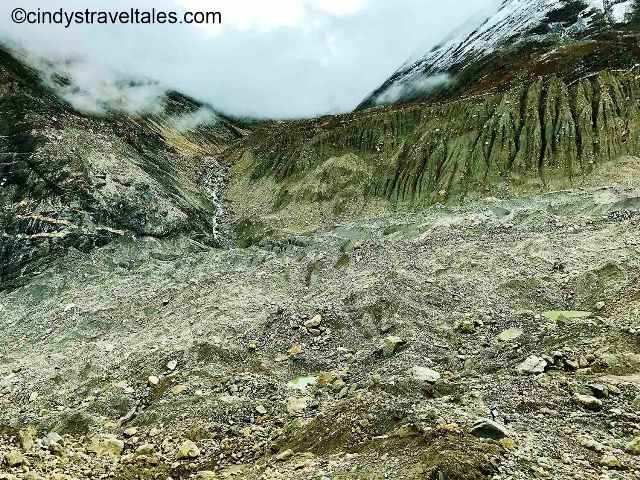
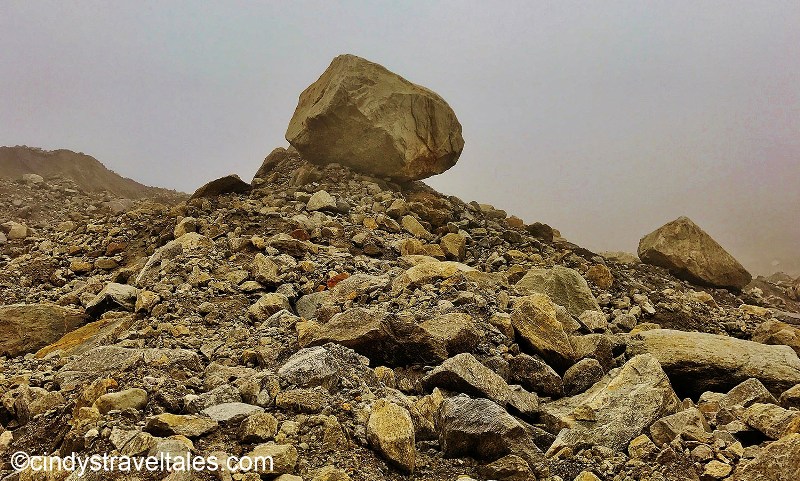
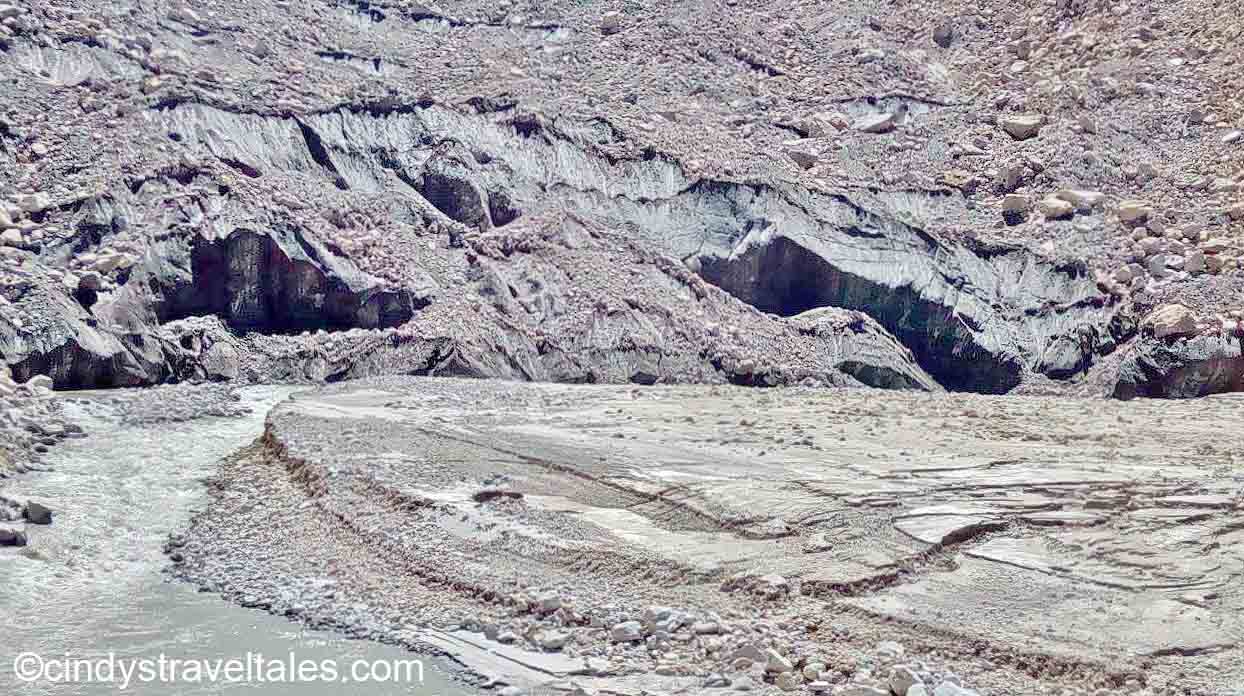
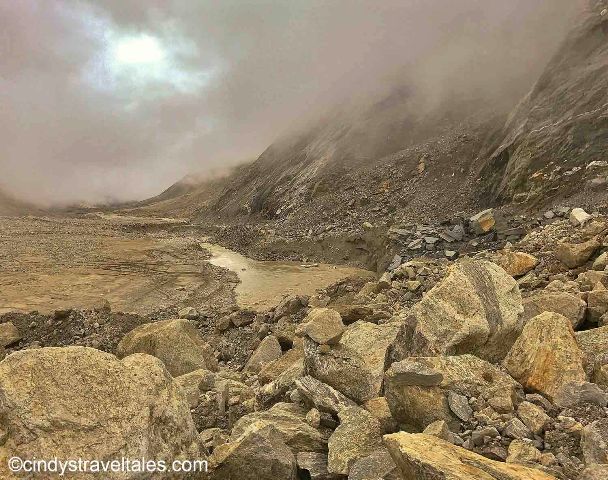
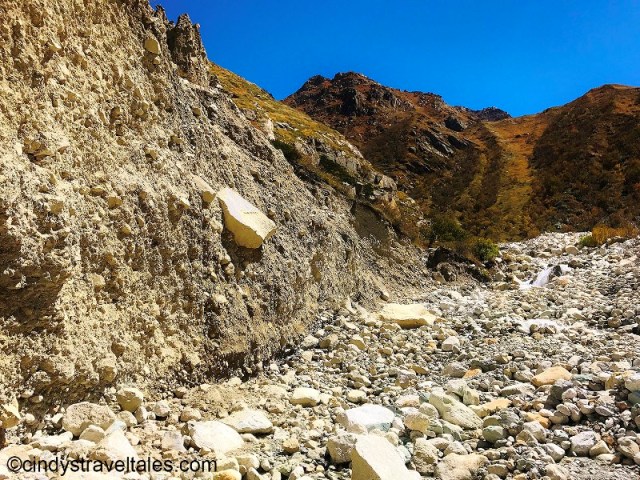
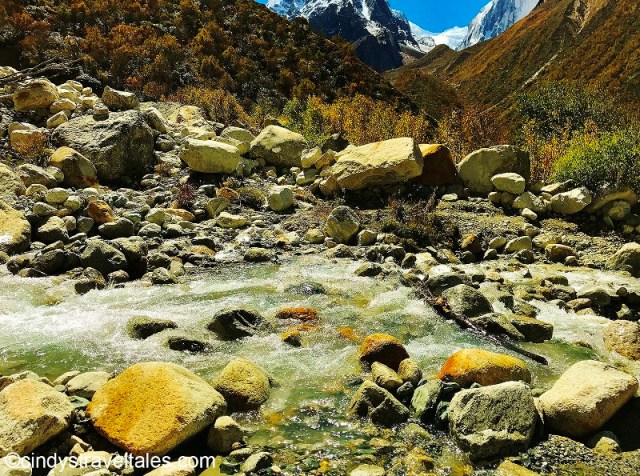
When we straggled into Gangotri two punishing days later, I was filled with immense gratitude. I had just completed this incredible, blockbuster Himalayan adventure. I was privileged to have had the opportunity to explore our planet’s natural grace and its rugged tangle of mountains, rivers and glaciers in such a secluded geography. And, lastly, I was moved with a sense of wonder that my inner strength and intuition kept me grounded in the face of the many challenges presented throughout this magical and spiritual journey.
